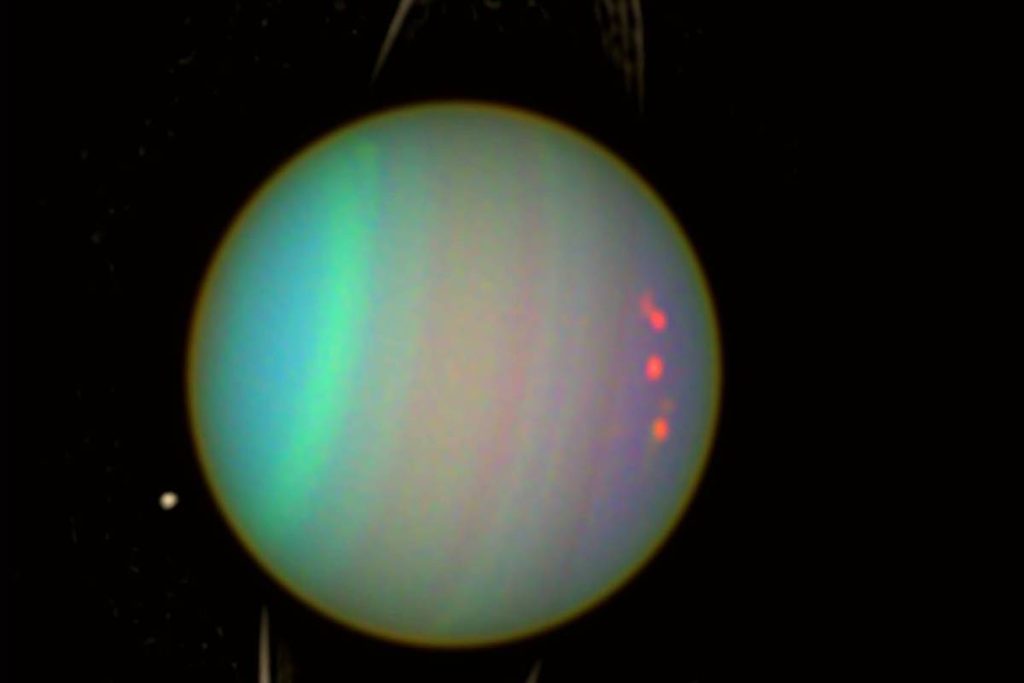Uranus should be the new priority of NASA’s robotic space exploration program over the next decade. The seventh planet from the Sun, it was visited only once by Voyager 2 in 1986.
It is not yet an official definition, but it is one of the main recommendations of Decimal planetary science report Presented last Tuesday (19) by the US National Academies of Sciences. It is usual for NASA to follow the suggestions closely.
The document covers planning for the period from 2023 to 2032, and suggests that the space agency begin work on an Uranus orbiter, traveling with an atmospheric probe, as soon as possible. Uranus and Neptune, the eighth planet, are very similar to each other, and completely different from other worlds in the solar system. They are gas giants, like Jupiter and Saturn, but they are smaller with a higher percentage of ice in their composition. Moreover, they are similar in size to many exoplanets already discovered.
According to the report, Uranus and Neptune attract somewhat the same interests, and then the former wins the competition in orbital issues: it is closer. Ideally, scientists would like to see planning for this major mission begin in 2024, with liftoff scheduled for 2031 or 2032. At those times, it would be possible to use Jupiter’s midway passage as a gravity sling to reach Uranus faster. If the windows are chosen later, then the deeper planets will have to give a slingshot, which will increase the travel time.
If there is room for a second major mission to open in this period, the report suggests an orbiter and lander for Enceladus, Saturn’s small moon with a subsurface ocean and geysers that allow easy access to its contents. The main goal will be to investigate the habitability of the ocean and see if there is life there.
Among the projects already underway, the top priority for this decade is the mission to return to Mars. Made in partnership between NASA and the European Space Agency (ESA), it should consist of several launches, making it possible to travel to Earth from samples currently collected by the rover on the Red Planet. For the future of the Mars research program, scientists are recommending a mission called Mars Life Explorer. Unlike Perseverance, which looks for signs of life in Mars’ past, a future mission will attempt to discover any signs of life even today on this world.
On top of that, the document highlights the importance of readjusting ceilings for cheaper tasks (each Discovery class project could cost up to $800 million, and the New Frontier Class $1.65 billion), as well as creating greater collaboration between Artemis. Program, manned return to the moon, planetary science goals on lunar soil.
This column is published on Monday in Folha Corrida.
Follow Sidereal Messenger on FacebookAnd TwitterAnd Instagram And Youtube
Current link: Did you like this text? A subscriber can unlock five free accesses to any link per day. Just click the blue F button below.

“Hardcore beer fanatic. Falls down a lot. Professional coffee fan. Music ninja.”







More Stories
Science points to what could reverse aging; Do you do this?
Former NASA engineer gives lectures at Criciúma – Science and Technology
Beer Chemistry: Discover the science behind your favorite beverage